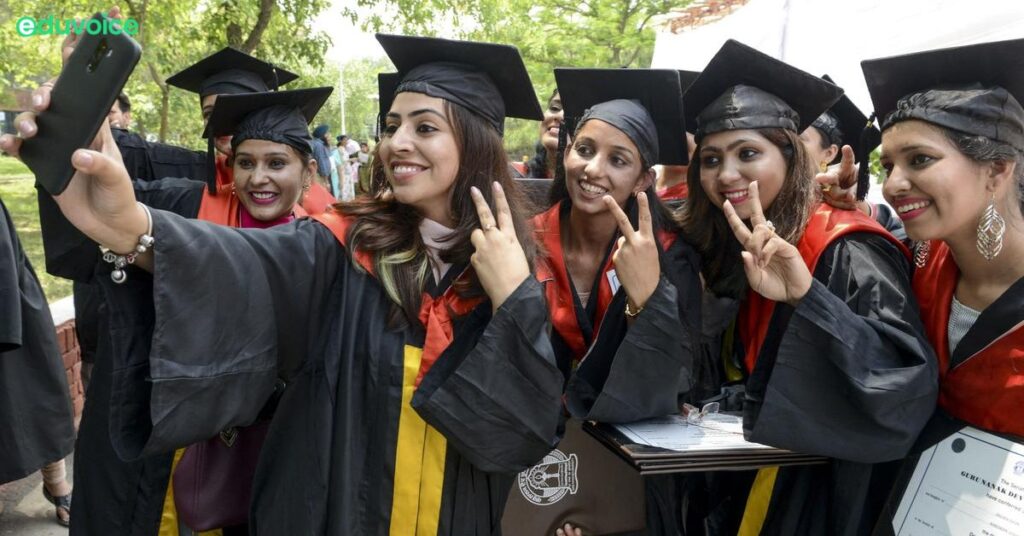In India, currently, the gross enrolment ratio for Higher Education is less than 30%. This means that in the short term, all the people who are college aspirants may not find the right opportunity for graduation since the number of college seats cannot change drastically overnight.
The reasons for this could be many but there could definitely be more people who can aspire and complete their higher education studies to be a part of better income creation opportunities.
Indeed, beyond the people who apply for competitive examinations and join colleges across the country, we have seen an increasing trend of students going abroad to study over the last few years.
The other way to solve this challenge is to have more options to study in India. Recent changes in regulations and policy have provided two such ways to do just this.
If you are a student looking at higher Education, the recent policies by the University Grants Commissions regarding setting up and opening campuses of foreign higher educational institutes in India is a welcome change. This is in line with the New Education Policy changes outlined around more internationalization of education.
Let’s look at the key questions which are getting resolved through this change:
Which institutes can open in India: The institution should have got a top 500 rank in overall/subject-wise global rankings which means it should be a reputed institution in the home country.
How to ensure quality: To ensure quality and the right kind of approvals, the UGC is laying a lot of groundwork. Selected Universities also need to give an undertaking that the quality of Education provided in Indian campuses is at par with that provided on the home campus.
For students, the most important factor is the strength of the qualification. Here also, the UGC will be asking for an undertaking to ensure that the qualification will be equivalent to the corresponding qualification provided on the main campus.
Another key area is that the program under these regulations would not be allowed in other modes.
Each selected institution would need to evolve its selection criteria and their fee structure.
Further, they would also have the autonomy to choose qualified faculty. Again they need to be at par.
Recent reports indicate that universities from the USA, UK, France, Australia, and Italy are keen on setting up campuses in India. Separately, thrust is being given to Indian Universities to establish an overseas presence, to strengthen their international presence. Some of the largest and most reputed Institutions including IITs have been exploring this.
The other solution that is being proposed is the National Digital University.
This could become another game-changer in the entire process. The NDU will accommodate the academic bank of credits allowed by the New Education Policy which allows students to create a flexible degree learning pathway. They can take these credits from one or more institutions, including online learning programs and that can help decrease the cost of learning and resultant student debt on one hand. Not just that, it can foster more collaboration between colleges and Edtechs, bringing in better teachers for different subjects and more choices for students, regardless of their location.
However, even though both policies are really good, there is a critical role that implementation will play.
A change like this needs a lot of communication with each stakeholder from students to teachers to the Institutions and the Edtechs so that they can have the right goals and alignments.
Not just that, the quality of the courses and qualifications through these new methods need to be really good so that students do not feel shortchanged.
That also means working with the industry to ensure they are able to absorb students from these different methods of graduation and do not discriminate unfairly.
For More Such Articles, News Update, Events, and Many More Click Here






